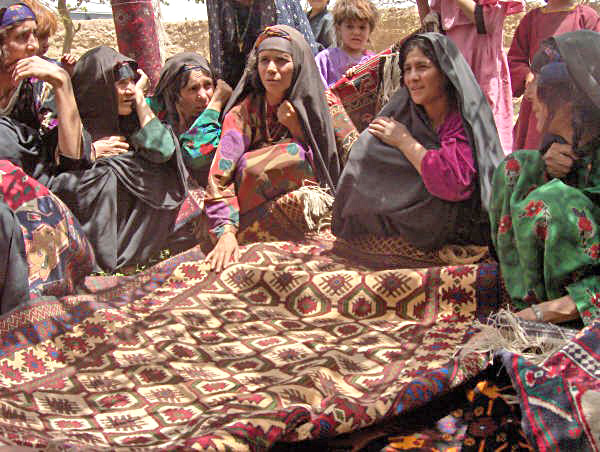Porte-parole ou personne qui exprime la pensée, les intentions, d'une ou plusieurs autres personnes.(a spokesperson who expresses the thoughts or intentions of others).
Mathieu de Costa was one such, a gifted polyglot from Benin who worked for Samuel de Champlain––de Costa is said to have been the first black person to set foot in Canada.
Tania called her talk Interprètes de la Nouvelle France and it was from old France they mostly came, the court of Louis XIV being very keen to establish a colony in the new world, then known as New France. In order to be successful they had to talk to the Basque fishermen or whalers, who had already established themselves along the coasts of the Gulf of St. Lawrence, and to the native tribes. So translators hired by Champlain had to swear allegiance to the King of France and be able to speak the Basque (or pidgin Basque) and Algonquin languages. The good relations between these various peoples of the region was largely due to the work of the truchements.
In 1695 two Montagnais traders were taken across the Atlantic to the court of Versailles with a view to training them as interpreters, teaching them French and the French ways; they were well treated, apparently. On their return to Canada, landing at Tadoussac, they were able to tell their French companions what was happening at a native gathering to celebrate a victory over the Iroquois. But it was more commonplace to use Frenchmen or half-castes in that sort of role. Many children were born of liaisons between the Frenchmen and the native women, or the Frenchmen would adopt native children as theirs, so these youngsters grew up familiar with at least two languages and had early training as interpreters. Champlain himself had three Montagnais, adopted daughters whom he named Faith, Hope and Charity (Fois, Espérance, Charité) as well as a native godson (filleuil), Bonaventure, who was present at his death. The French leaders of those days encouraged mixed marriages; that way they were convinced their colony would become stable and grow. The descendants of these people became the coureurs des bois of 18th and 19th century fame.
Aspiring linguists from France were sent into the backwoods to learn what they could and of course needed to be ethnographers and cartographers as well as interpreters. These were free spirits and adventurers. Some ventured as far west as the Mississippi, engaging in the fur trade and either making their fortune or going native (... d'autres se sont indianisés, as Tania put it).
Etienne Brûlé was a young man whose talent was spotted by Champlain, who went on expeditions to explore not only the Great Lakes but also the Potomac and Ohio Rivers. He may have been the first European to paddle up the Ottawa River and discover the Ottawa valley. At one point he disappeared for two years. The missionaries were suspicious of him, having the reputation of a lady killer; one called him un vicieux. He was captured by the English and dispatched to London, became a turncoat, wanted for treachery, returned to Canada and withdrew into Huron territory, was ordered to leave but refused. The Hurons murdered him.
Some of the interpreter-translators were women, who also lived dangerously. Sometimes a woman doing this work would disappear.
On the other hand, Olivier le Tardif (1603-65) from Honfleur who, like Champlain, had three adopted daughters, was an interpreter who eventually became a pillar of the colonial community.
Nicholas Marsolet de Saint Aignan likewise grew to be well respected and lived to an old age, having fathered 10 children. Later in life this man translated native languages for the English as well as for the French.



































